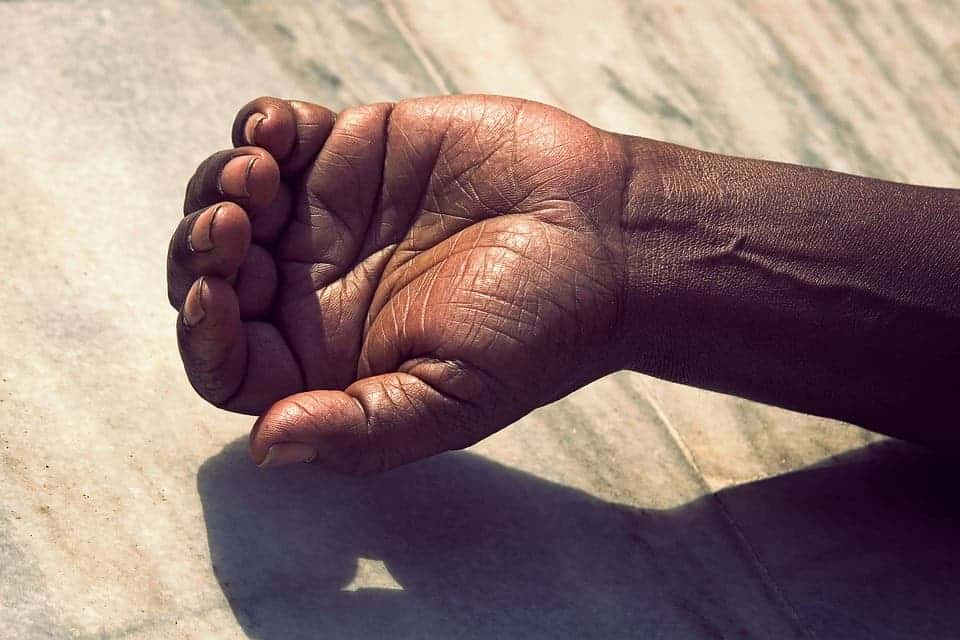Half a degree Celsius of warming might not seem like much to most people but this was enough to double the risk of deadly heat waves in India according to a recent paper published in Science Advances. The poor were the most vulnerable.
In May 2016, India saw its most intense heat wave ever in the city of Jaisalmer which registered a blistering 52.4 degrees Celsius (126.32 F). Elsewhere nearby, the southwest Pakistani city of Turbat registered 53.5 degrees C last month (128.3 F) — the hottest temperature ever measured on Earth for the month of May.
“It’s getting hotter, and of course more heat waves are going to kill more people,” climatologist Omid Mazdiyasni of the University of California, Irvine, told the Washington Post.
Mazdiyasni led the team of researchers who looked at half a century of data from the Indian Meteorological Department on temperature, heat waves and heat-related mortality. They expected to see an increase in heat wave intensity but nothing prepared them for the actual results.
Between 1960 and 2009, average temperatures in India rose by more than 0.5 degrees Celsius. That might not sound like a lot but it was enough to increase the probability of an extreme, heat-related mortality event by 146 percent. A heat-related mortality event is a heat wave where more than 100 deaths occur. The number of heat waves themselves increased by 25 percent across India during 1985-2009 compared with the previous 25-year period. That’s on average since areas in the south and west saw as much as 50 percent more heat waves that lasted for more than three or four days.
“Our findings indicate that even moderate increases in mean temperatures may cause great increases in heat-related mortality and support the efforts of governments and international organizations to build up the resilience of these vulnerable regions to more severe heat waves,” the team concluded.
Thousands have died in the most recent 2015 and 2016 heat waves that have been unusually intense. Many of these lives could have been saved if the same warming was experienced in a different, more affluent country. About a quarter of India’s population of 1.25 billion people lives on less than $1.25 a day. There are 300 million people living without electricity let alone air conditioning. It’s these people who are the most vulnerable to heat waves and other extreme weather events brought onto by climate change. By the end of the century, things will only get worse as India is slated for 2.5 to 5.5 degrees Celsius of extra warming.
Meanwhile, citizens are adapting. Heat waves killed 2,500 people in 2015 and ever since local authorities have enacted programs meant at countering extreme temperature events like stocking hospitals with extra water and ice, introducing seven-day weather forecasts or building cool-air shelters on the streets. These measures, however, can be seen in a couple of Indian cities though, covering only a tiny fraction of India’s huge population.
The sad reality is the poor will experience the effect of climate change disproportionately — and not just in India but everywhere around the world. That’s unless swift and firm action is taken. Just half a degree of warming is claiming the lives of thousands, imagine what two degrees of warming will do. Incidentally, no more than 2 degrees Celsius of warming past Industrial Age levels is the state goal of the Paris Agreement — the landmark non-legally binding pact between almost 200 nations meant to keep greenhouse emissions down. The United States under President Trump has announced that it will exit the agreement last week.










